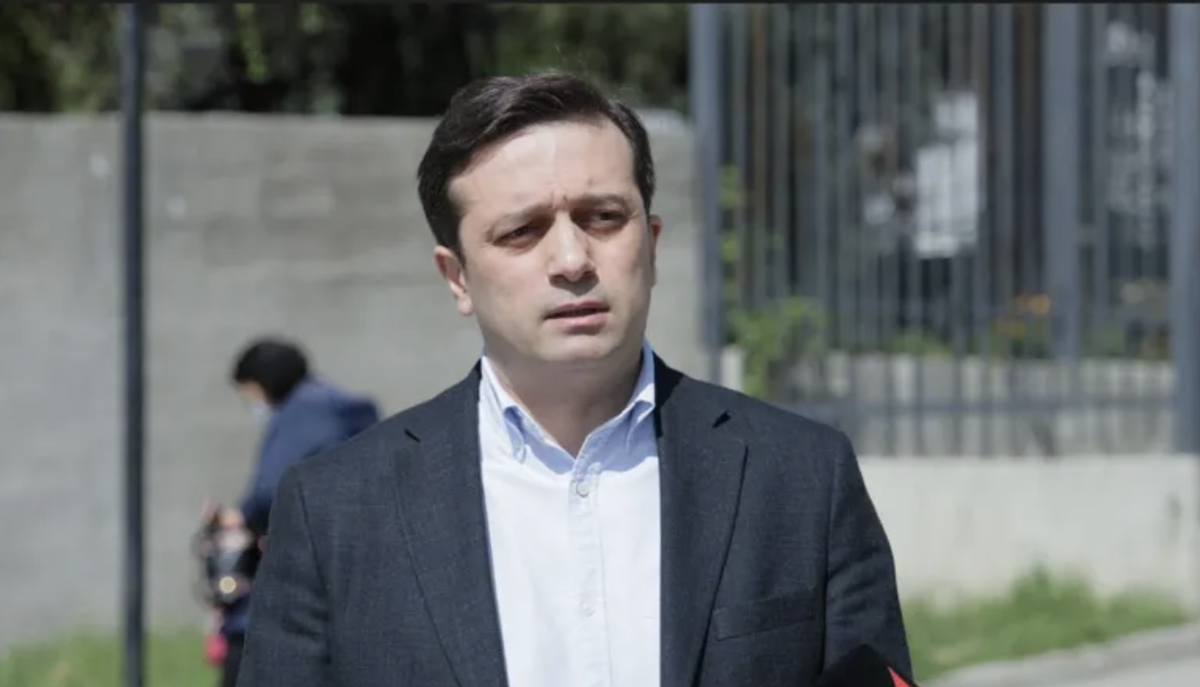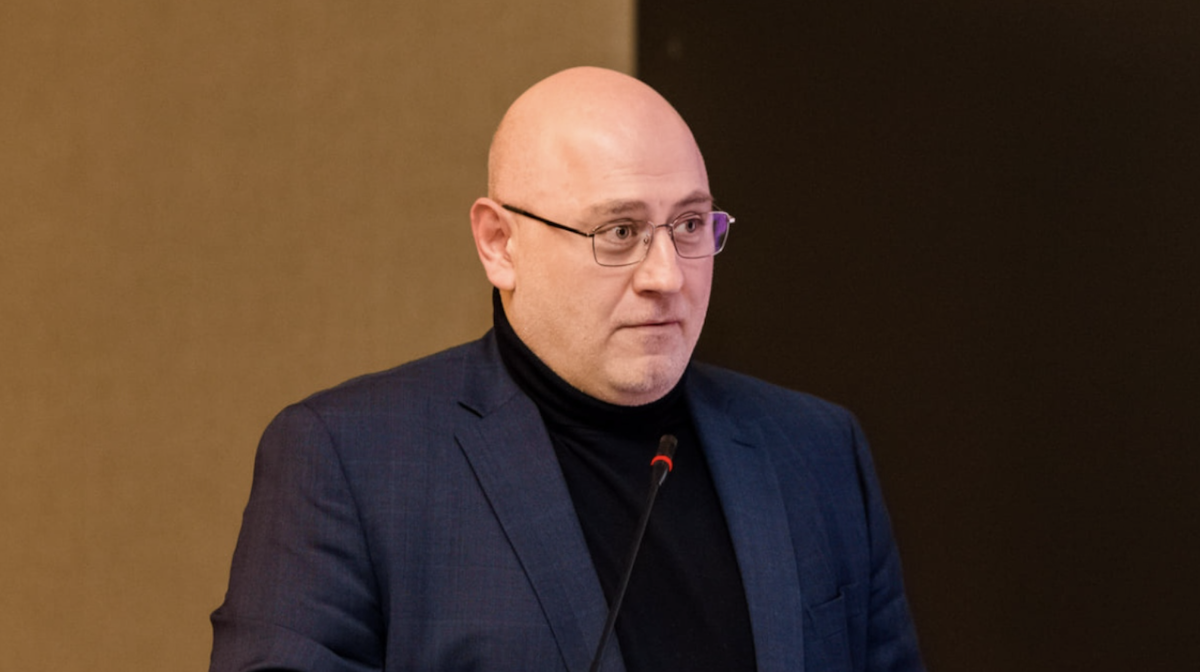Russia’s strange coronavirus statistics: excellent healthcare or Putin’s bid to stay in power?
Coronavirus statistics in Russia show a stark contrast from the global trend. In the time that countries most affected by COVID-19 have reported 300 to 500 deaths per million population, Russia reports just 16. Why is there such a discrepancy?
Authorities believe the answer lies in good healthcare and extensive testing. But many experts and media agencies in Russian and abroad are dubious of the optimistic Russian statistics, and see these figures as a reflection of political context, rather than truth.
The story many believe is that the authorities need “positive” statistics by June 2020 to guarantee public support in a referendum on amendments to the constitution, which will, in fact assure that Vladimir Putin holds on to his power forever.
- “I have a fever of 37.5 °C. What do I do?” To get coronavirus treatment in Moscow, you need money, connections. Personal stories
- Coronavirus politics: why has Armenia become the regional leader in coronavirus deaths?
- Pandemic may be Georgia’s chance to reduce its economic dependence on Russia
Comparative data on infection and death statistics worldwide and in Russia
As of May 16, there are more than 270,000 reported coronavirus cases in Russia. 2,537 people have died.
In Spain, there are over 270,000 cases and more than 27,000 deaths.
In Great Britain, there are over 230,000 cases, and more than 33,000 have died.
Different countries have different ways of counting coronavirus deaths.
In some places, anyone who died after being diagnosed with coronavirus are considered a coronavirus fatality, regardless of how they died. In other countries do not include these cases. Nevertheless, nowhere is there such a striking contrast as in Russia.
The New York Times has proposed a fairly accurate way to determine the real mortality rate from COVID-19 – to compare the overall death statistics for the same months in previous years.
As a result, it turned out that the overall mortality rate in 17 European countries, as well as in Turkey and New York, rose sharply in March-April 2020 compared with the mortality rate during the same months a year earlier.
But not in Russia.
“If one person a day dies in one hospital, then there should be hundreds of deaths across the country”
The Russian publication Medusa published a quote from a doctor in one of the largest COVID centers in Moscow during an anonymous interview:
“Our morgue has overflowed. The administration said that now the bodies of deceased patients urgently need to be sent [for autopsy] to a [hospital in] Kommunarka. This is the most obvious evidence that we publish false statistics every day. And I have involuntarily become an accomplice to this lie.
On average, one and a half patients from my department dies during one of my shifts. If I have one patient dying, then there must be hundreds across the country.”
What does it mean when daily statistics do not change?
The unusual consistency of pandemic statistics in Russia have also made experts suspicious.
In the Krasnodar Territory, the number of new cases has not changed since May 4, when it was 96 people. Since then, this figure has frozen in one place: 97 new cases, 99, then 98, then again 99, and then again 98.
The same stable figures are published in other regions, and in Moscow, which became the epicenter of the pandemic: no more than 11,000 new cases per day, no more than 56 deaths – and so on for a long time.

So as not to upset the population
Political geography specialist Sergei Shpilkin told RFE/RL that the graphs from suspiciously “stable” regions lack at least a minimal dispersion of data — that is, fluctuations that would be characteristic of real statistics.
He says one reason behind possible data manipulation may be a reluctance to report a sharp increase in the incidence rate of coronavirus.
Instead, officials preparing reports can smoothly “fudge” the accumulated number of infected people — for example, so that it does not exceed 100 new infections a day as long as possible, as in the Krasnodar Territory.
Voting during the pandemic
The Russian authorities have not reacted in any way to the numerous publications on social media posted by people saying that they or their relatives were denied coronavirus tests.
There are also many posts saying that even if someone diagnosed with coronavirus dies, the death report lists any other factor as the cause of death.
The government’s only reaction was to a Financial Times article stating that Russian statistics on morbidity and mortality from coronavirus have been underestimated by 70 percent.
Deputy Prime Minister Tatyana Golikova immediately held a press conference at which she stated that the Russian statistics were correct, and that the data was not being manipulation.
The low mortality rate is the result of brilliant preventative measures, said Golikova.
Independent journalists and experts explain the “brilliant” Russian statistics differently, saying that they’re a political ploy made by the authorities.
On April 22, the government announced a vote on constitutional amendments, the purpose of which is to make keep Vladimir Putin in power for life.
Because of the pandemic, the vote was postponed. Now the authorities plan to hold it in June. But to do this, the country must first declare victory over the coronavirus.
On May 11, Vladimir Putin announced the gradual lifting of quarantine restrictions. On May 12, a large part of the population went back to work.
And two days later, Russian statistics reported a decrease in the number of coronavirus cases and deaths.



















